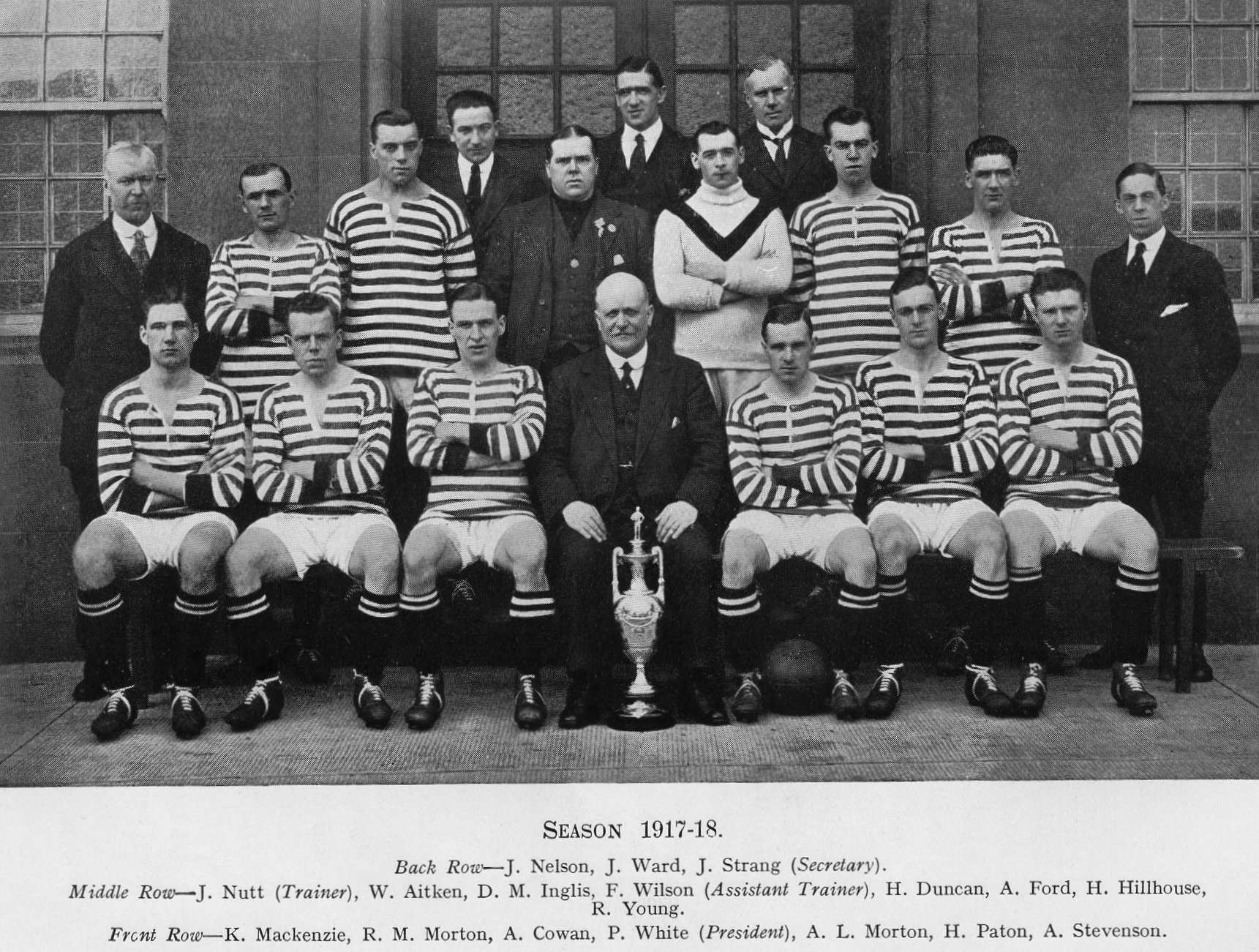
Sports jerseys have a remarkable story woven together with the fabric of society and history. They started as simple shirts to tell teams apart. But over the years the simple team jersey has evolved into not only a performance aid for athletes but also into a style statement that fans can proudly flaunt.
Origins of Sports Uniforms
The concept of wearing uniforms in sports dates back to ancient Greece, where competitors in the Olympic Games began to wear simple tunics in order to distinguish themselves from other competitors. These early uniforms were primarily functional, providing athletes with freedom of movement while competing in events such as chariot racing, boxing, and running.
By the 1800’s team uniforms while in existence were very basic. Players wore common clothes they wore in their day-to-day lives and often attempted to wear the same colours to maintain a uniform look. It wasn’t until the late 19th century and early 20th century that team jerseys began to focus on colours and team logos as part of the design.
The first set of jerseys were plain long-sleeved wool shirts that protected players from the weather. Baseball uniforms had collars and pants, Football uniforms consisted of long pants and stockings to keep one’s feet clean from the slushy ground and colours were the only way people could tell the teams apart. With the concept of cloth dyeing being introduced in a more mainstream way in the 1900s, teams got the option to add stripes and patterns to their jersey. However, this took an abrupt break during the 1920’s around the time of World War I, due to a lack of resources and teams had to make mass-produced solid-coloured t-shirts.

The introduction of television was a big step in popularizing design, as teams made an effort to choose bright colours and bold patterns in an attempt to get better visibility on Black & White televisions. This eventually evolved into funky designs and strange patterns that showed prominently on colour television, the new popular household device.
Introduction of New Fabrics
The late 1970s saw the introduction of new stretchable artificial fabric, polyester. The introduction of plastic-based fabric allowed the production of flexible, form-fitting jerseys, that were lightweight, breathable and enabled improved performance. These jerseys not only provided a bolder and cleaner look but also made them durable and cheaper to procure.
Today jersey design manages to strike a perfect balance between visual appeal and technical needs. Jersey’s today wick sweat is odour resistant and also conforms to various visual design needs based on the team’s requirement. Technological advancements have also allowed for more sustainable jersey materials that have a lower impact on the environment through the use of recycled materials, and natural colour dyes.
Beyond their practical utility, sports jerseys have assumed a significant cultural and social role, serving as powerful symbols of identity, community, and belonging. For fans, wearing the jersey of their favourite team or player is an expression of loyalty and support. Jerseys have also become coveted collectables, with fans eagerly purchasing and trading them as cherished mementoes of memorable games and seasons. Moreover, sports jerseys have also pervaded into the fashion sector creating a niche market of its own, including but not limited to urban street wear.

The Future
The evolution of sports jerseys is not showing any signs of a slowdown. It is expected that the jerseys get better not just in terms of designs but also to accommodate more advanced technology to help both the fans as well as athletes. We might see jerseys come with in-built sensors and cameras which might help officials make better decisions, viewers get a better perspective of the game and also athletes get better data to enhance their game. Interest in custom designs and rare collectables is also rising creating a separate secondary market for collectable and rare merchandise, especially jerseys.
The simple team t-shirt today has been through a long journey, one that dates back to the evolution of sports, so the next time you proudly don your favourite colours, be proud of not only the team you represent but the journey the simple team t-shirt has taken to get to where it has come today.











https://dabet.reviews/# dabet